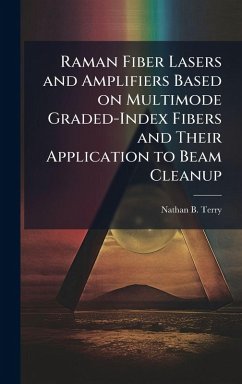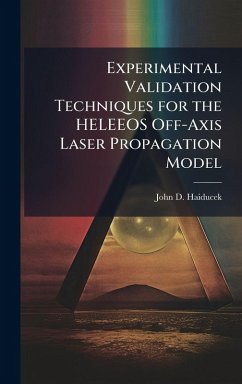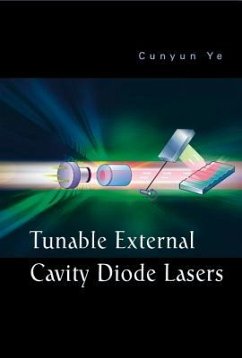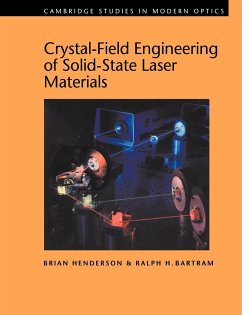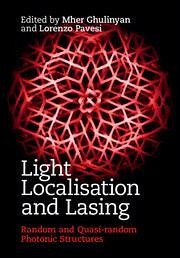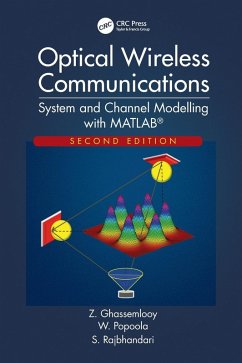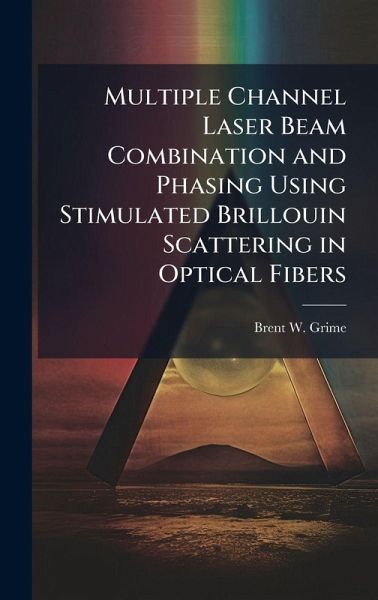
Multiple Channel Laser Beam Combination and Phasing Using Stimulated Brillouin Scattering in Optical Fibers
Versandkostenfrei!
Versandfertig in über 4 Wochen
30,99 €
inkl. MwSt.
Weitere Ausgaben:

PAYBACK Punkte
15 °P sammeln!
Brightness scaling lasers using stimulated Brillouin scattering (SBS) in optical fibers is explored. A multiple-channel amplifier approach is used to increase the total power of a laser system while avoiding a significant burden on a single channel. The work explores two approaches utilizing both SBS beam cleanup and SBS piston error conjugation. A unique beam combiner that takes advantage of the SBS beam cleanup properties of a long, gradient-index multimode fiber was designed and tested. The beam combiner was developed to combine multiple-channel laser beams simultaneously with high input an...
Brightness scaling lasers using stimulated Brillouin scattering (SBS) in optical fibers is explored. A multiple-channel amplifier approach is used to increase the total power of a laser system while avoiding a significant burden on a single channel. The work explores two approaches utilizing both SBS beam cleanup and SBS piston error conjugation. A unique beam combiner that takes advantage of the SBS beam cleanup properties of a long, gradient-index multimode fiber was designed and tested. The beam combiner was developed to combine multiple-channel laser beams simultaneously with high input and output coupling efficiency. The design for the SBS beam combiner is presented along with experimental demonstration of multiple-channel beam combining using the technique. Using SBS piston error conjugation to phase multiple-channel two-pass amplifiers is also explored. Various system configurations were investigated to demonstrate SBS beam phasing of both passive, unamplified channels and active channels containing fiber amplifiers. Beam phasing of the channels was successfully demonstrated with enough gain and power to merit consideration as a viable approach to multiple-channel laser power scaling. Methods for improving efficiency and scaling to include a greater number of channels were also tested. This work has been selected by scholars as being culturally important, and is part of the knowledge base of civilization as we know it. This work was reproduced from the original artifact, and remains as true to the original work as possible. Therefore, you will see the original copyright references, library stamps (as most of these works have been housed in our most important libraries around the world), and other notations in the work. This work is in the public domain in the United States of America, and possibly other nations. Within the United States, you may freely copy and distribute this work, as no entity (individual or corporate) has a copyright on the body of the work. As a reproduction of a historical artifact, this work may contain missing or blurred pages, poor pictures, errant marks, etc. Scholars believe, and we concur, that this work is important enough to be preserved, reproduced, and made generally available to the public. We appreciate your support of the preservation process, and thank you for being an important part of keeping this knowledge alive and relevant.



